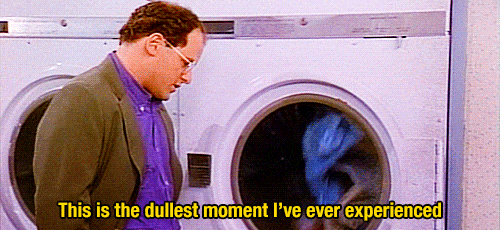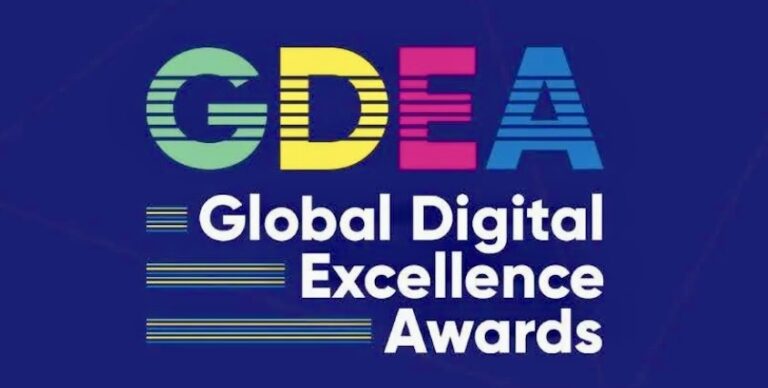As the saying goes, “You don’t know where you’re going until you know where you’ve been.” The same rings true for content strategies. Like any campaign, understanding what worked, what didn’t and what areas were missed can lead to an improved process moving forward.
Recognizing that a content strategy isn’t living up to its full potential isn’t difficult, yet far too many brands fall short when it comes to identifying the problem and creating a constructive solution.
Conducting a solid content audit can often help pave the way for a brighter content future that speaks to the needs of potential (and existing) customers.
The key is knowing where to start…
Content breakdown: analyzing the past
An audit requires a full analysis of past content pieces, which takes time. In order to fully assess past content, it should be gathered and read. That means taking into account pieces of content created within a given timeline (two years, one year, six months, etc.).
Put that analytical hat on and get ready to critique articles, posts, e-books, white papers, infographics, landing pages, etc.
Keep these considerations in mind:
Are there gaps in the marketing funnel?
A helpful way to determine this is to create a matrix that includes various types of content formats and where they fit in the overall marketing funnel.
For example, a blog could be seen as top-of-funnel material, as it likely serves as the first awareness-related touch for potential customers. On the other hand, e-books and white papers are often delivered once a potential customer makes their way down the funnel (after filling out a contact form or being reached through a retargeting-related campaign).
Highlighting the types of content that exist and where they fit into the funnel will provide a better understanding of content gaps. Too many e-books? Why not repurpose into blog posts, infographics and email campaigns that fill in the blank spots? Creating just blog posts and not seeing any real conversion results? It could be time to fill in that funnel.
Does content answer key questions and address timely topics?
When reading existing content, consider whether it was written to answer questions commonly asked about your specific vertical, service or product. Before determining that, it’s critical to have an understanding of what is actually being asked. Online listening tools can help, providing insight into the questions potential customers are asking.
Another great resource can be the outside sales team. After all, they’re the ones fielding objectives and answering customer questions on a daily basis. Pick their brains to glean insight into the content people are seeking.
Are headlines relevant and related to the content piece?
When it comes to people searching for specific information regarding an industry or service, the headline says it all. A headline that tells the reader exactly what to expect not only pleases the search engines, but also gives potential customers more reason to click. That doesn’t mean headlines have to be boring — creativity can add flare and pique curiosity among readers. In fact, headlines shouldn’t be boring. That’s just… boring.
That being said, avoid writing headlines just to get the click. Readers are smart and will leave as soon as they realize the content doesn’t answer their questions… and they’ll likely never come back. Check to be sure the headlines match up, not only with the content of the article, but also with the questions users are asking.
Are best practices being considered?
This comes down to basic content principles and SEO content hygiene. With Google algorithms like Hummingbird running the world, writing for SEO essentially means writing for the reader, answering questions in a conversational manner and providing solid and truthful information. Yet there are other components to consider when analyzing past content.
Here are a few questions to ask:
Are URL naming conventions being used? In other words, are you happy with URLs that include numbers and leave out the actual title of the article? If that’s a common problem, address it moving forward. Keep in mind: If a human can read the URL, it’s more likely to increase engagement and please the search engines.
Are meta descriptions weak? Often times meta descriptions will be pulled from the first line of content. Those descriptions can be pretty strange and sentences often get cut off. Considering the 160-character description is visible to browsers in search engines, be sure it speaks to the point of the topic and questions answered in the article. One way to keep this top of mind is to include meta descriptions just below headlines in a rough draft, or near the end after the conclusion is drawn.
Other general best practices to consider:
Are articles given attribution? There’s a time and place for this, but providing an author name on a blog or article gives authority to the piece and contributes to thought leadership strategy. If it’s not currently being done, consider why that’s the case.
Are photos used? It’s a visual world. Include images that pop, intrigue and match the theme/topic of the content piece. Why not? Without it, content is more likely to get lost in the marketing sea. Just be sure photos are sized to load quickly and display correctly.
Last but not least, was the writing any good?
Does the writing flow? Is it reader-friendly? Is it full of jargon? It is boring? Is it confusing?
These are questions to ask when going over past content. Considering there’s room for improvement for just about every writer, think about how content writers can adjust moving forward to reach their full potential. Sometimes it takes a new eye to provide refreshing feedback.
Content recommendations: putting ideas into action
At this point in the process, it should be clear as to what content has been produced, what the target audience is looking for and the gaps that exist between the two. The content sweet spot has been identified.
Lessons have been learned. Content gaps have been identified, topics of interest have been pinpointed. Now it’s time to set up the editorial calendar with topics and pieces that fill in gaps, answer prevalent questions and provide valuable insight and information. Don’t forget to include any upcoming product launch dates, relevant conferences, vertical seasons, events, etc.
Promotion strategies: getting the word out
Once content providing real value to a vertical world is created, it’s time to get it in front of the right audience. Take the persona for each piece into consideration and create psychographic targeting through search and social channels.
The right content will generate organic traffic; the utilization of tactful promotion will step up its audience base. After all, you’ve gone through the work of creating resourceful content — why not take it to the next level?
Getting serious about contentÂ
Content audits — from review to promotion — are important elements of a content marketing strategy. They give marketers room to step back, assess what’s worked, what hasn’t and what needs to be done for future success. When applied regularly, audits help marketing campaigns stay ahead of industry trends and topics.
That means one thing: more sales and satisfied customers.
Interested in a content audit from a third-party marketing perspective? We’re happy to help!Â
Oops! We could not locate your form.











